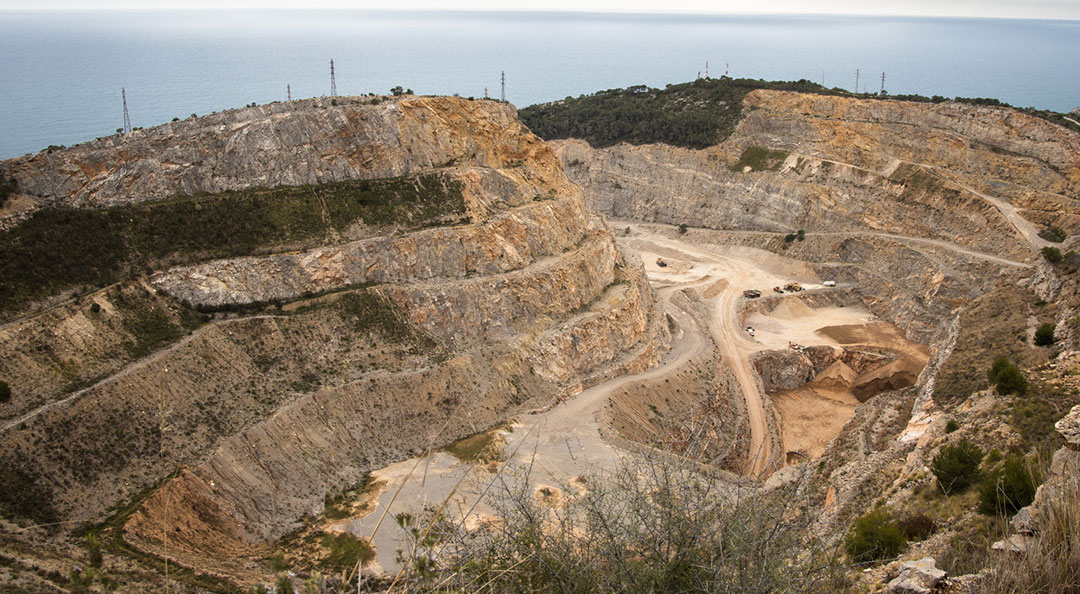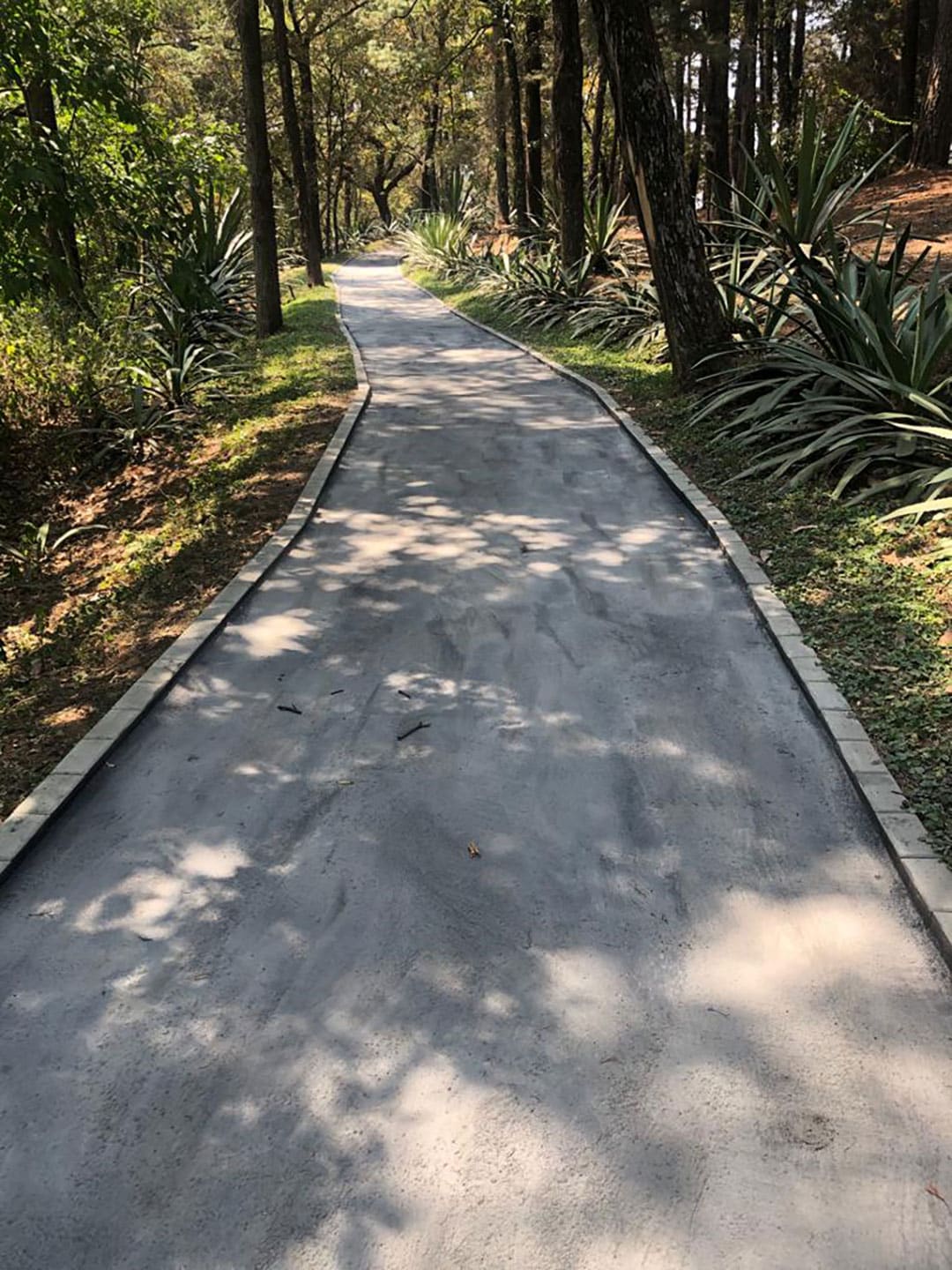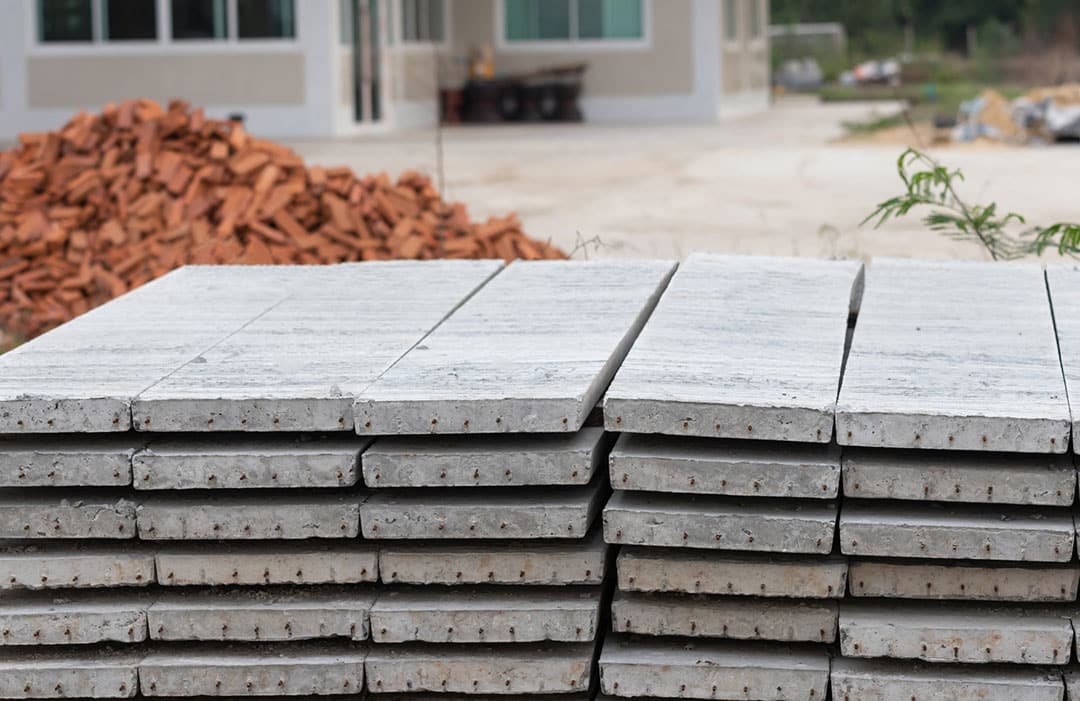
Decarbonization in the Cement Industry: The Role of AggreCrete
Climate commitments and the Paris Agreement are pushing industries toward net zero, and the construction sector needs sustainable materials that offer both performance and a reduced carbon footprint. By integrating alternative materials and polymer technologies, AggreCrete reduces cement consumption, promotes waste utilisation, transforms industry by-product and provides a durable, low-carbon solution for a range of infrastructure projects. As both a geopolymer-like material and a Polymer Modified Concrete, AggreCrete offers a unique approach to decarbonization.
AggreCrete as a Polymer Modified Concrete (PMC)
Polymer Modified Concretes (PMC) are designed to enhance the properties of traditional cement by incorporating polymers that improve flexibility, tensile strength, and resistance to water. In this regard, AggreCrete functions as a PMC, but with several advanced capabilities:
- Increased Flexibility: AggreBind’s patented long-string cross-linking copolymers in AggreCrete gives it enhanced flexibility, minimising cracking under load and extending the lifespan of infrastructure projects.
- Water Resistance: AggreCrete’s hydrophobic properties form a water-resistant barrier that protects structures from water ingress, reducing the potential for water damage, corrosion of reinforcement, or leaching of chemicals.
- Durability: The polymer composition in AggreBind’s science increases the durability of cement-based materials, allowing them to withstand more extreme environmental conditions, heavy usage and degradation from environmental factors, including high-alkaline soil conditions.
By functioning as a PMC, AggreCrete combines the strength and resilience of polymer technologies with the versatility of cement, making it an ideal solution for a broad range of precast concrete products and infrastructure projects.
Why AggreCrete is a Geopolymer-Like Concrete Solution

- Reduced Clinker Content: Similar to geopolymers, AggreCrete can utilize industrial by-products and supplementary cementitious materials (SCMs), replacing the need for clinker, the most carbon-intensive component in cement production.
- Waste Utilization: AggreCrete can incorporate industrial by-products like SCMs, fly-ash and slag, reducing the use of virgin materials and supporting the circular economy, promoting sustainable projects that aim to minimize environmental impact.
- Low Carbon Footprint: By using these alternative materials and reducing the amount of traditional cement required, AggreCrete significantly lowers the carbon footprint of construction projects, contributing to global decarbonization efforts.
As a geopolymer concrete solution, AggreCrete delivers a powerful alternative for projects that need both sustainability and performance.
AggreBind’s Unique Ability to Work with Alkaline Soils
One of the biggest challenges for construction in regions with high pH levels or alkaline soils is finding a material that remains chemically stable and durable. Traditional cements can degrade or lose performance in these environments, making them less suitable for long-term infrastructure projects. AggreCrete, however, excels in such conditions.
How AggreCrete Interacts with Alkaline Soils
- Anionic Polymer Technology: AggreCrete has been specifically designed with an anionic polymer system that forms strong ionic and covalent bonds with the mineral components found in alkaline soils, and high-pH environments. By bonding with these minerals, AggreCrete ensures a chemically stable and durable structure, even in the presence of alkaline elements.
- Resistance to Degradation: Unlike some materials that degrade in high-alkaline conditions, AggreCrete’s long-string cross-linking copolymer remains stable, ensuring long-term durability, making it particularly well-suited for regions with alkaline soils or cement-treated bases.
- Improved Load-Bearing Capacity: AggreCrete improves load-bearing capacity in both alkaline and non-alkaline environments, by filling voids in the soil matrix to create a stronger and more cohesive structure.
A Versatile, Low-Carbon Concrete Solution for Construction

With AggreBind technology, the construction industry can take a significant step toward achieving its carbon reduction goals while building durable, long-lasting infrastructure.
